In just a few weeks’ time, the workload on spring-calving dairy farms will increase dramatically.
A recent survey by Teagasc has shown that 34% of the annual hours worked on a dairy farm happen in spring.
The difference between spring and winter workload is stark, with only 18% of annual hours worked in winter – just over half that of spring.
Tasks such as calving, breeding and calf-rearing are spring specific and this adds greatly to the workload at that time. Add jobs such as feeding and milking and you see why spring is so busy. However, the survey highlighted some other interesting facts.
The range in hours worked per cow between the top and bottom 20% was 20.6 hours, with the average of the top 20% spending 18.5 hours of work per cow per year and the bottom 20% spending 39.1 hours of work per cow per year.
This means that those working the longest hours per cow could effectively double the number of cows they are managing and not work any longer if they adapted the same practices as the efficient farmer.
It’s important to clarify that the hours worked category only includes hours worked by the farmer or employees including relief milkers. It does not include the hours worked by contractors.
This is a key point. The most efficient farmers use contractors to carry out a lot of routine tasks. This reduces the hours that they and their employees need to work.
Jobs such as slurry, fertiliser spreading, hoof paring and calf de-horning can all be contracted out, particularly in spring when workloads are high.

Of course, there is a cost to hiring a contractor, but there is also a cost to being overworked and this is often not factored in enough.
Where too much work is undertaken, jobs are left undone or not done properly and productivity decreases. This can lead to reduced income and extra stress. Indeed, too high a workload and stress is a regular cause of mental health issues among farmers.
So what else do the efficient farmers do? It’s not all down to using contractors more. The efficient farmers all have better processes and systems in place.
It has been said that 80% of anything is down to the system. So on farms with very low labour input, 80% of the reason for this is probably down to the system that they operate.
Labour will actually reduce on farms with clearly defined work periods. That is calving, breeding, silage and holiday time, etc.
Because these times are clearly defined and are as compact as possible, labour is managed around them. For example, the target is to have a 12-week calving period, but to have 90% calved in the first six weeks.
So those first six weeks are extremely busy, but extra help can be brought in to manage it.
On farms that have a dragged-out calving pattern, for example 16-week calving period with only 50% calved at eight weeks, calving is a much bigger ordeal.
While the numbers calved per day will be lower, you will be repeating the same tasks for a much longer period of time than if the herd was compact calving.

The other big problem is that when the seasons are drawn out they run into each other.
For example, inefficient farms are still calving when they start breeding and are still feeding milk to calves when they are cutting silage.
Spring tips
The system won’t be changed overnight, but small steps can be taken every day to strive towards a compact calving season, which will ultimately reduce labour requirements.
Regardless of the system, spring preparation starts now. The first place to start is the calving shed. Many farmers have moved away from individual pens towards larger communal areas to calve cows on.
As cows are due to calve, they are moved to the communal pen where they calve among the other cows. Most of these sheds will have one or two pens with a gate to handle a cow that needs assistance.
Some farmers are bedding the calving area with peat, which lasts longer than straw and doesn’t need to be replaced or topped up as often. The calving area can be bedded with straw or peat now to reduce workload in late January and February.
After calving, the calf should be removed from the cow as soon as possible. Labour-efficient farms do not let the calf suck the cow.
Calves should be fed first colostrum within the first hour of birth. While a teat and bottle is effective if used in the first 30 minutes after birth, it is generally a slow method of giving colostrum and calves won’t drink enough. A stomach tube is quick and you know exactly how much the calf gets.
It is not unusual for calves not to drink again for 24 hours after getting three litres of colostrum through a stomach tube. They will suck a teat when they are hungry.

Calves should be trained to suck milk from a teat as soon as possible. This will allow them to be moved to bigger pens and fed with group feeders. Some farmers will feed calves milk once a day from five or six weeks of age. This greatly reduces the workload.
For larger numbers of calves, a trailed mobile calf feeder is a great job. These can feed a large number of calves in a very short space of time. It works particularly well where calves are outside in a sheltered paddock, as there are no sheds to be bedded or cleaned out.
In the Teagasc survey, over the course of the year, milking was the most time-consuming task on the farm, taking up between 4.5 and over 10 hours per cow per year. Milking includes bringing in cows and locking cows out after milking.
While the number of rows being milked has an impact on the time spent milking, cow flow outside of the parlour has a big impact also.
Nine rows are being milked on the most efficient farms, while 11 rows are being milked on the least efficient farms – not a huge difference. Therefore, other factors must be at play.
Teat preparation varies from farm to farm. The more preparation, the slower the milking. The objective is to have clean and healthy milk in the bulk tank.

The amount of teat preparation depends on how dirty the teats are when they come into the parlour. So keeping cubicles clean and dry may reduce the need for extra preparation in the parlour.
In spring, some farmers will strip one quarter at each milking, thereby every quarter is stripped every two days. Where labour is scarce, consider once-a-day milking for February. This is a big help at freeing up time for calving and calf rearing in February, which is usually the busiest month for calving.
Read more
Outlook 2018: optimism that dairy can add another good year
Doubling grass growth on heavy soils
In just a few weeks’ time, the workload on spring-calving dairy farms will increase dramatically.
A recent survey by Teagasc has shown that 34% of the annual hours worked on a dairy farm happen in spring.
The difference between spring and winter workload is stark, with only 18% of annual hours worked in winter – just over half that of spring.
Tasks such as calving, breeding and calf-rearing are spring specific and this adds greatly to the workload at that time. Add jobs such as feeding and milking and you see why spring is so busy. However, the survey highlighted some other interesting facts.
The range in hours worked per cow between the top and bottom 20% was 20.6 hours, with the average of the top 20% spending 18.5 hours of work per cow per year and the bottom 20% spending 39.1 hours of work per cow per year.
This means that those working the longest hours per cow could effectively double the number of cows they are managing and not work any longer if they adapted the same practices as the efficient farmer.
It’s important to clarify that the hours worked category only includes hours worked by the farmer or employees including relief milkers. It does not include the hours worked by contractors.
This is a key point. The most efficient farmers use contractors to carry out a lot of routine tasks. This reduces the hours that they and their employees need to work.
Jobs such as slurry, fertiliser spreading, hoof paring and calf de-horning can all be contracted out, particularly in spring when workloads are high.

Of course, there is a cost to hiring a contractor, but there is also a cost to being overworked and this is often not factored in enough.
Where too much work is undertaken, jobs are left undone or not done properly and productivity decreases. This can lead to reduced income and extra stress. Indeed, too high a workload and stress is a regular cause of mental health issues among farmers.
So what else do the efficient farmers do? It’s not all down to using contractors more. The efficient farmers all have better processes and systems in place.
It has been said that 80% of anything is down to the system. So on farms with very low labour input, 80% of the reason for this is probably down to the system that they operate.
Labour will actually reduce on farms with clearly defined work periods. That is calving, breeding, silage and holiday time, etc.
Because these times are clearly defined and are as compact as possible, labour is managed around them. For example, the target is to have a 12-week calving period, but to have 90% calved in the first six weeks.
So those first six weeks are extremely busy, but extra help can be brought in to manage it.
On farms that have a dragged-out calving pattern, for example 16-week calving period with only 50% calved at eight weeks, calving is a much bigger ordeal.
While the numbers calved per day will be lower, you will be repeating the same tasks for a much longer period of time than if the herd was compact calving.

The other big problem is that when the seasons are drawn out they run into each other.
For example, inefficient farms are still calving when they start breeding and are still feeding milk to calves when they are cutting silage.
Spring tips
The system won’t be changed overnight, but small steps can be taken every day to strive towards a compact calving season, which will ultimately reduce labour requirements.
Regardless of the system, spring preparation starts now. The first place to start is the calving shed. Many farmers have moved away from individual pens towards larger communal areas to calve cows on.
As cows are due to calve, they are moved to the communal pen where they calve among the other cows. Most of these sheds will have one or two pens with a gate to handle a cow that needs assistance.
Some farmers are bedding the calving area with peat, which lasts longer than straw and doesn’t need to be replaced or topped up as often. The calving area can be bedded with straw or peat now to reduce workload in late January and February.
After calving, the calf should be removed from the cow as soon as possible. Labour-efficient farms do not let the calf suck the cow.
Calves should be fed first colostrum within the first hour of birth. While a teat and bottle is effective if used in the first 30 minutes after birth, it is generally a slow method of giving colostrum and calves won’t drink enough. A stomach tube is quick and you know exactly how much the calf gets.
It is not unusual for calves not to drink again for 24 hours after getting three litres of colostrum through a stomach tube. They will suck a teat when they are hungry.

Calves should be trained to suck milk from a teat as soon as possible. This will allow them to be moved to bigger pens and fed with group feeders. Some farmers will feed calves milk once a day from five or six weeks of age. This greatly reduces the workload.
For larger numbers of calves, a trailed mobile calf feeder is a great job. These can feed a large number of calves in a very short space of time. It works particularly well where calves are outside in a sheltered paddock, as there are no sheds to be bedded or cleaned out.
In the Teagasc survey, over the course of the year, milking was the most time-consuming task on the farm, taking up between 4.5 and over 10 hours per cow per year. Milking includes bringing in cows and locking cows out after milking.
While the number of rows being milked has an impact on the time spent milking, cow flow outside of the parlour has a big impact also.
Nine rows are being milked on the most efficient farms, while 11 rows are being milked on the least efficient farms – not a huge difference. Therefore, other factors must be at play.
Teat preparation varies from farm to farm. The more preparation, the slower the milking. The objective is to have clean and healthy milk in the bulk tank.

The amount of teat preparation depends on how dirty the teats are when they come into the parlour. So keeping cubicles clean and dry may reduce the need for extra preparation in the parlour.
In spring, some farmers will strip one quarter at each milking, thereby every quarter is stripped every two days. Where labour is scarce, consider once-a-day milking for February. This is a big help at freeing up time for calving and calf rearing in February, which is usually the busiest month for calving.
Read more
Outlook 2018: optimism that dairy can add another good year
Doubling grass growth on heavy soils







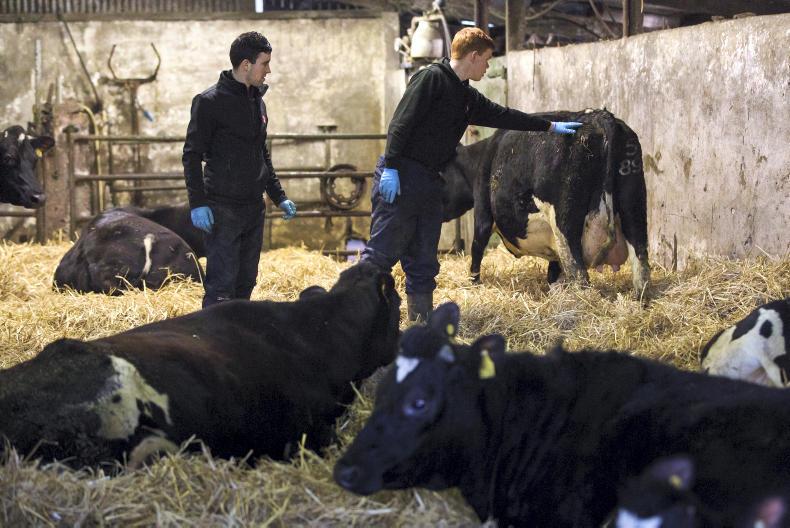
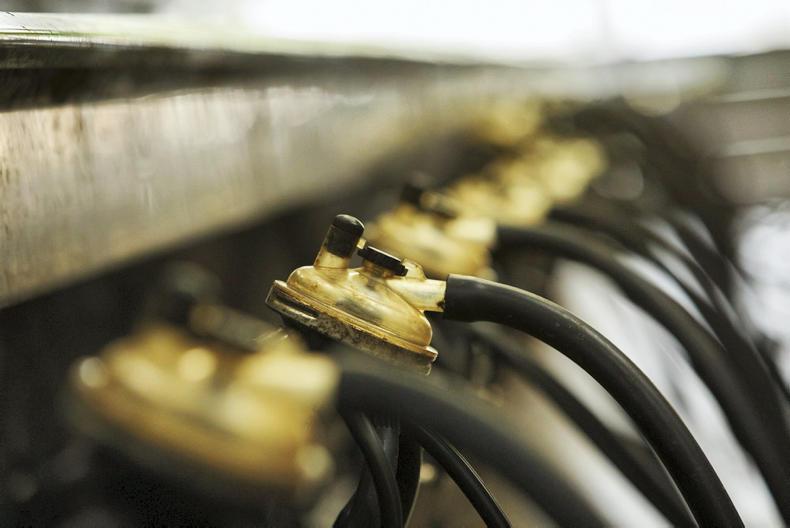

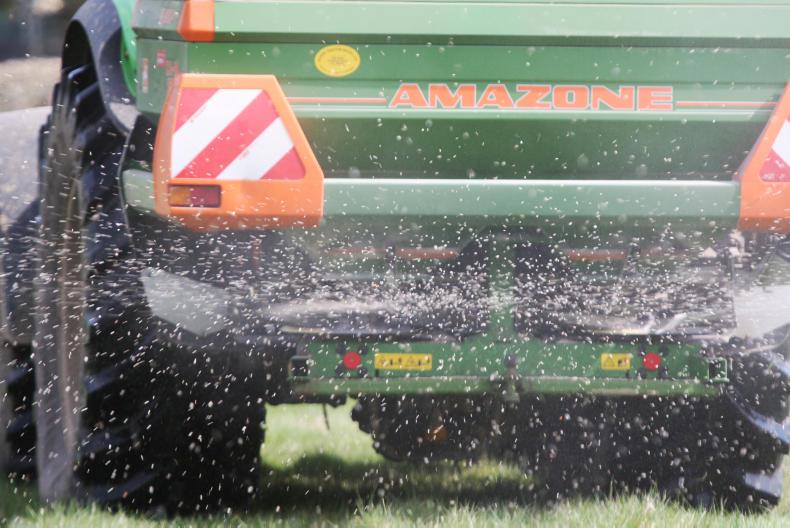
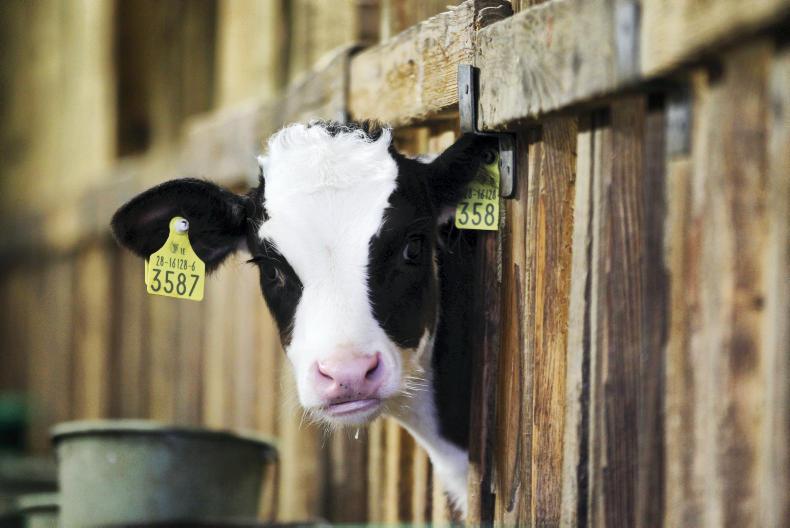



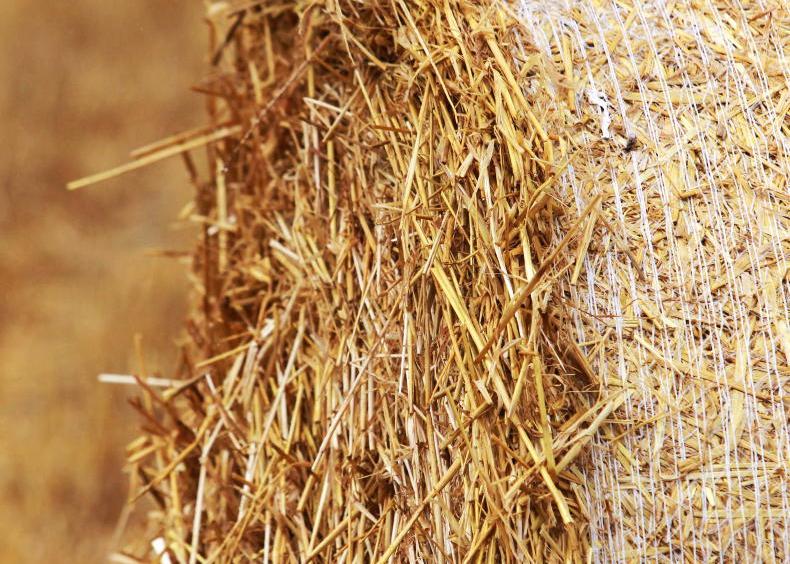
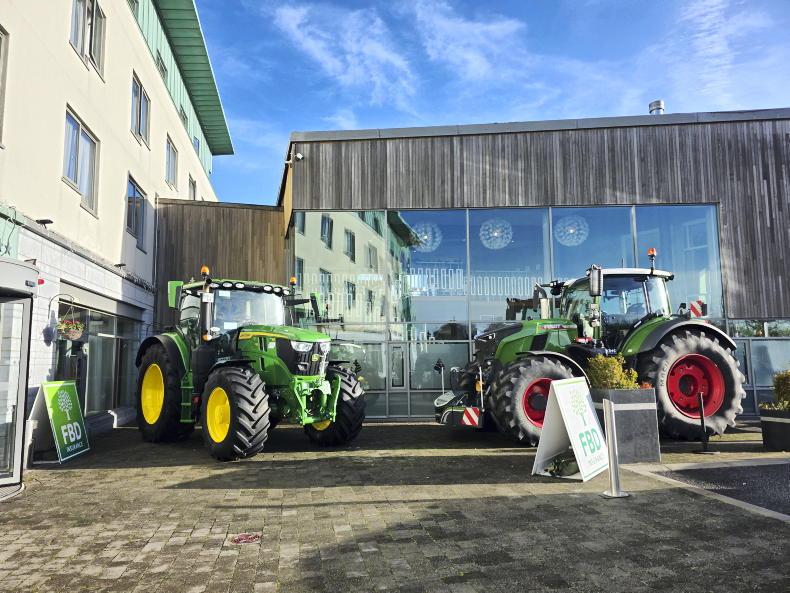

SHARING OPTIONS